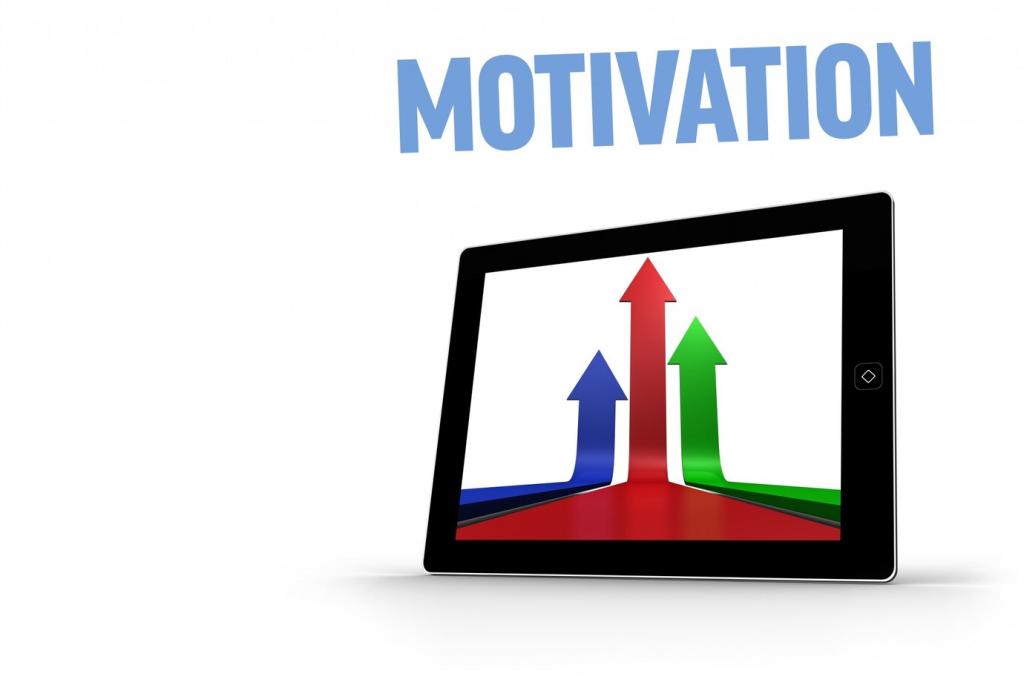Decision-Making at Digital Velocity
Replace slow approvals with clear boundaries: budgets, risk thresholds, and customer-impact criteria. Within guardrails, teams move. Outside them, escalate fast. This simple switch rescued one product team from chronic bottlenecks and doubled releases. What guardrails could you write in one page?
Decision-Making at Digital Velocity
Label choices as reversible or not. Two-way doors invite rapid testing; one-way doors demand deeper diligence. A retail startup triaged backlog items with this lens and unlocked faster learning. Try tagging your next roadmap and share how it changes debate quality.







